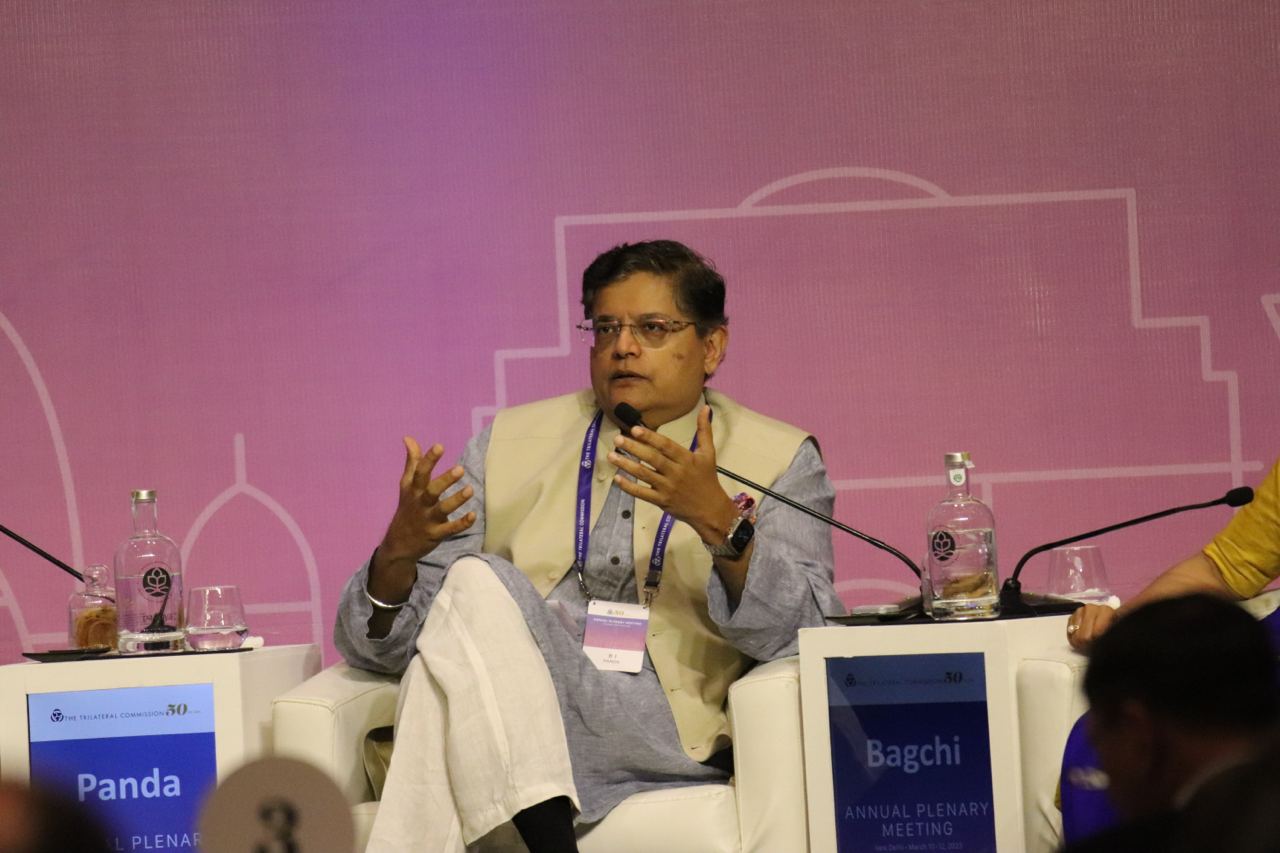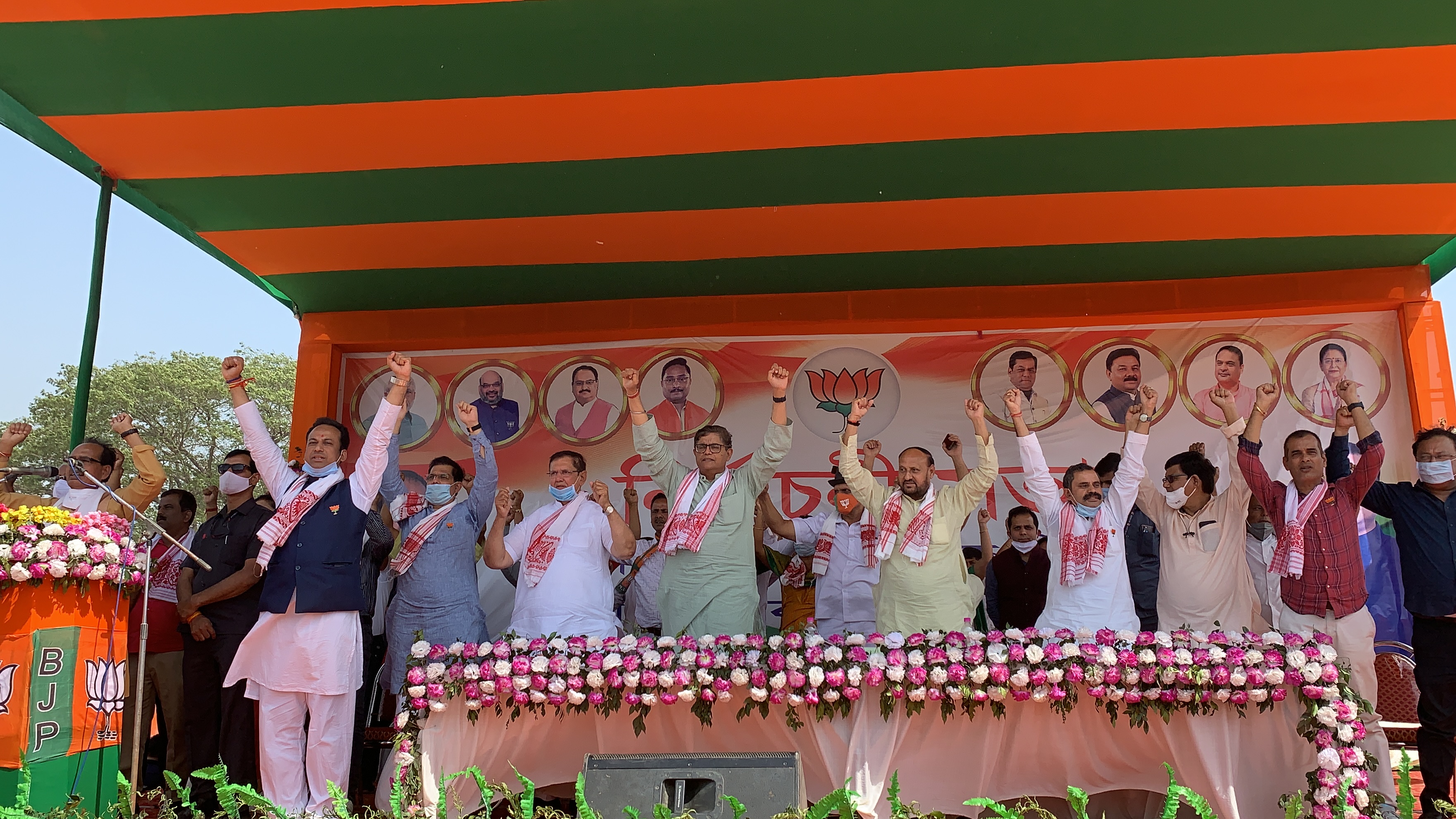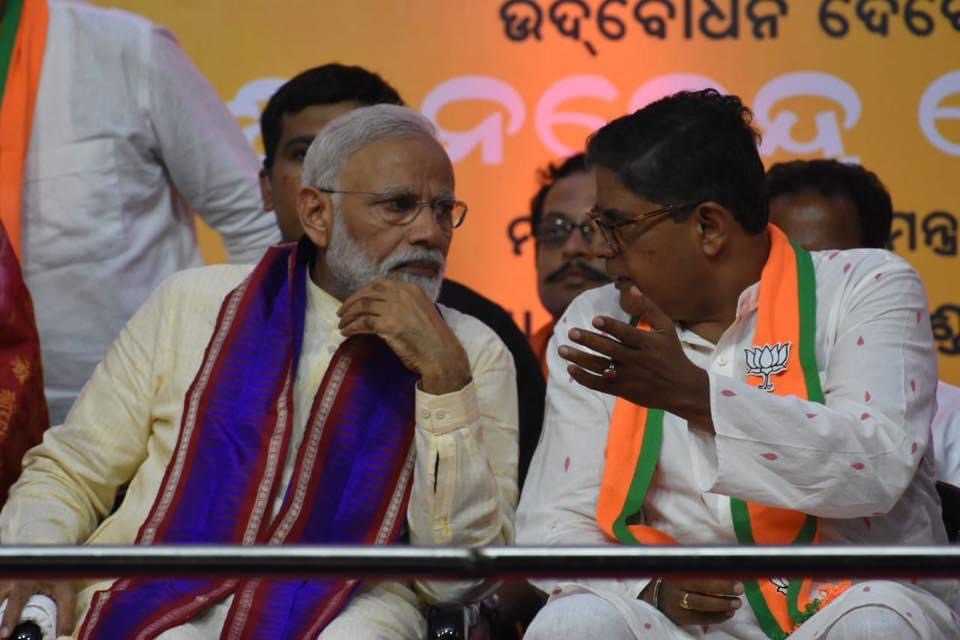
To contribute toward building a Viksit Bharat by 2047 through economic growth, technological innovation, and citizen-first policymaking that transforms Bharat.

To advance a fair and accountable democracy through transparent leadership, transformative policies, and inclusive development for all.

With decades of experience in Parliament and deep roots in public service, Shri Baijayant ‘Jay’ Panda exemplifies forward-thinking leadership focused on real impact and national progress.
your voice, your mp
Baijayant "Jay" Panda is a member of parliament who represents Kendrapara, Odisha, in the Lok Sabha. He leads key parliamentary committees, including the Committee on Public Undertakings and the Select Committee on the Income Tax Bill, 2025. Shri Panda has played an active role in major national reforms, including the BJP’s core group on Article 370 and the restructuring of the NCC. His political journey reflects his commitment to governance, policy reform, and the progress of Odisha and India.
Shri Jay Panda has focused on key areas like economic reforms, education, digital governance, and data privacy. He has been a member of important parliamentary committees such as Finance, Home Affairs, and Urban Development. Internationally, he led several parliamentary delegations and played a major role in building diplomatic ties, while also helping start initiatives like the Citizens’ Alliance Against Malnutrition to address social issues at home.




moments in parliament

Shri Jay Panda delivering speech on operation sindoor.

Shri Jay Panda tables report of Select Committee on Income Tax 2025.

Shri Jay Panda enjoying candid moment with parliamenatry collegues.

audio & visual updates
Important Highlights




In The News

Notable Associations
Baijayant ‘Jay’ Panda has worked closely with prominent individuals and institutions that share his vision for policy reform, good governance, and national development.